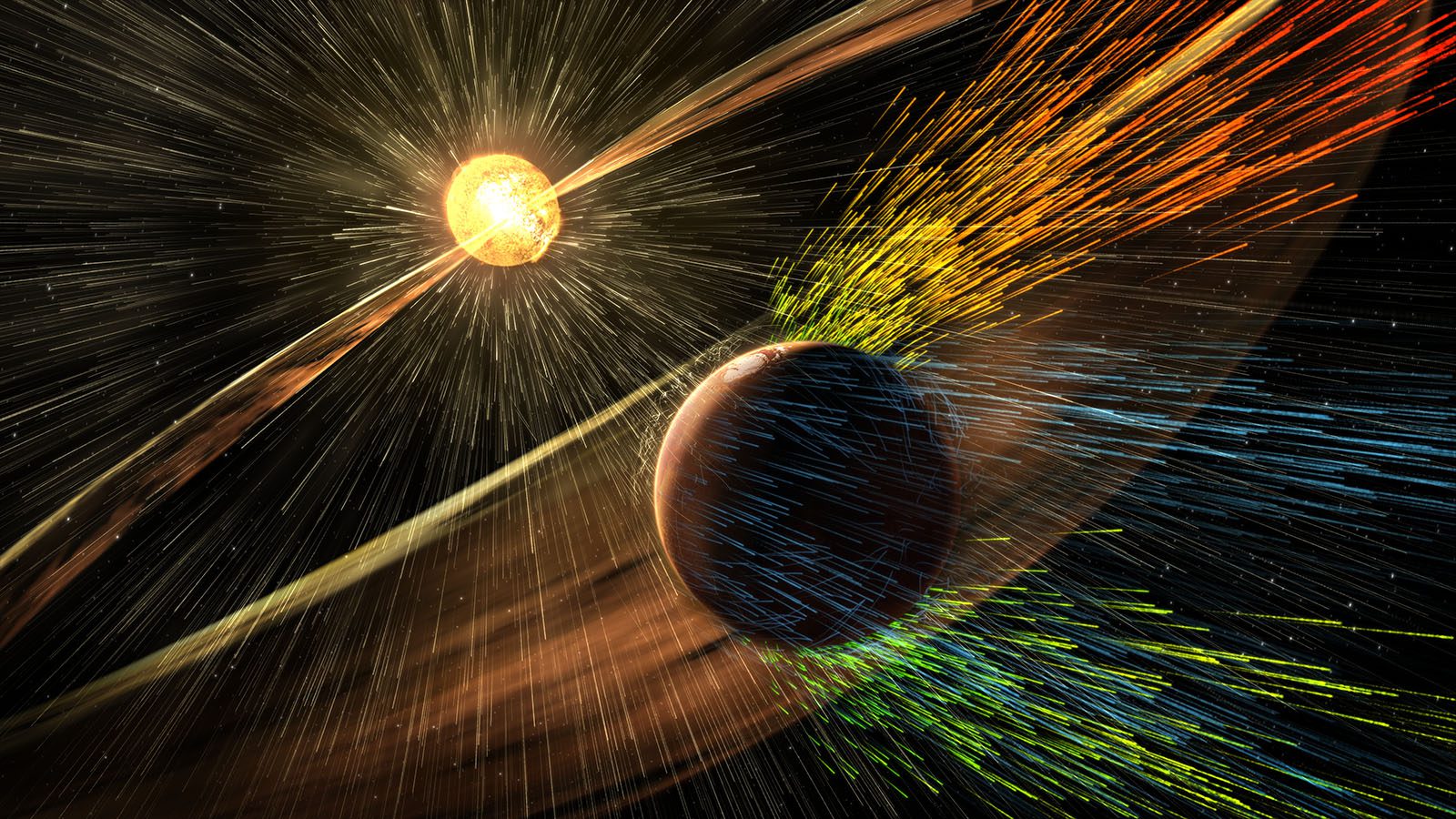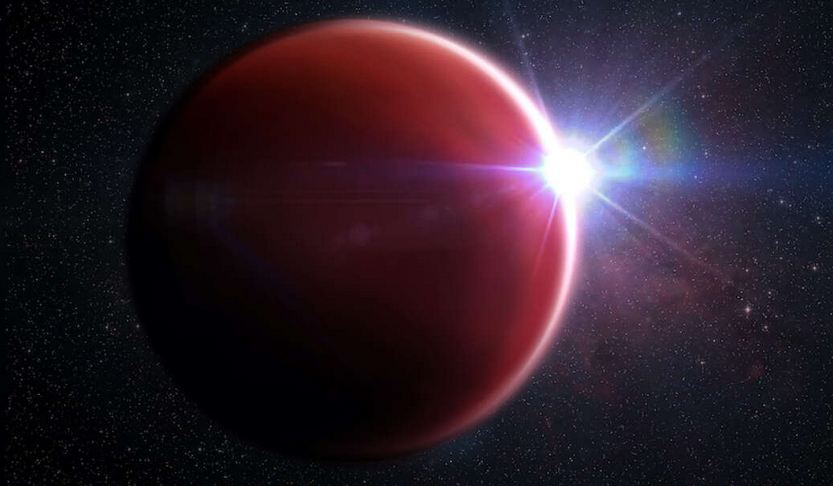The solar system, a place of cosmic choreography where planets pirouette around the Sun in near-perfect harmony, might not be as orderly as it seems. For billions of years, the Sun’s gravity has kept things spinning on the same plane like a celestial record player. Yet, scientists are now scratching their heads over peculiar quirks in planetary orbits that defy explanation. Could a giant cosmic interloper have disrupted our neatly arranged solar neighborhood eons ago?
Here’s the kicker: a recent study, not yet peer-reviewed but already making waves, proposes that an interstellar object up to 50 times the mass of Jupiter might have strolled through our cosmic backyard, causing enough gravitational chaos to shuffle the planets into their current positions. If that sounds like something out of a sci-fi thriller, buckle up, because it gets even wilder.
A Cosmic Traffic Jam from 4.6 Billion Years Ago
Let’s rewind to the solar system’s formative years, around 4.6 billion years ago. Back then, a spinning cloud of gas and dust surrounded our newborn Sun, eventually flattening into a protoplanetary disk. Out of this disk, planets began to form, all neatly aligned and orbiting in the same direction. At least, that’s how it started.
But as these baby planets grew and interacted, they started playing a high-stakes game of gravitational bumper cars. Uranus and Neptune, for instance, likely formed closer to the Sun but were later flung outward to their current orbits. Meanwhile, other unfortunate proto-planets were booted out of the system entirely.
Astronomers have long blamed these disruptions on gravitational tussles between the planets themselves or the influence of the protoplanetary disk. However, some anomalies—like the peculiar eccentricities of Jupiter, Saturn, Uranus, and Neptune’s orbits—suggest that something else may have crashed the party.
A Rogue Gas Giant, or Something Bigger?
Enter the recent research, which suggests that an interstellar behemoth might have been the uninvited guest. Using sophisticated computer simulations, scientists modeled the impact of a massive object—anywhere from two to 50 times the size of Jupiter—passing within 20 astronomical units of the Sun (that’s 20 times the distance between Earth and the Sun).
The results? Such a flyby could explain the odd orbital quirks of the gas giants. But what could this mysterious visitor have been? One possibility is a rogue gas giant—a massive planet ejected from its own star system, wandering aimlessly through the galaxy until it stumbled into ours. Imagine the chaos: a cosmic wrecking ball disrupting billions of years of gravitational order before moving on, leaving us to clean up the mess.
Before you dismiss this as pure speculation, consider the odds. The study estimates a 1 in 100 chance that such an event occurred. In the cosmic scheme of things, those are surprisingly decent odds. And while the exact identity of this interstellar disruptor remains unknown, its legacy might be etched in the very orbits of the planets we see today.
Could this explain other mysteries of our solar system? Possibly. For now, the idea of a massive, ancient intruder reshaping our planetary lineup is tantalizing enough to keep astronomers guessing—and the rest of us marveling at the fragility of cosmic order.












Leave a Reply